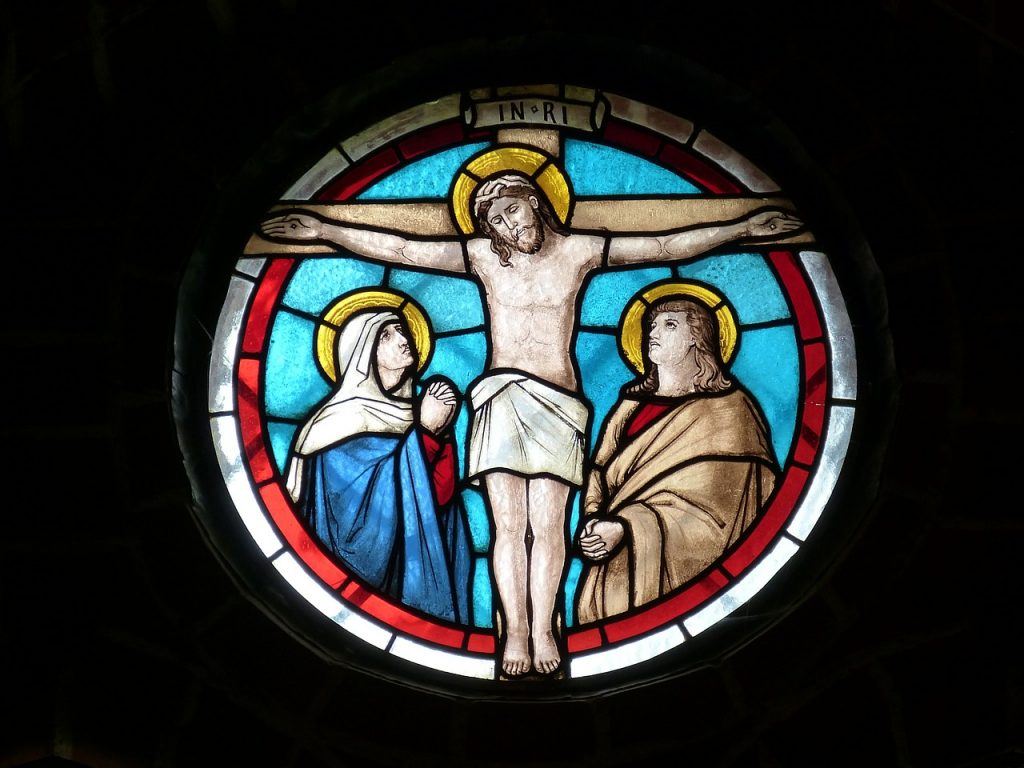Jesus is the Jewish Messiah
In his Gospel, Matthew argued that Jesus was the expected Jewish Messiah:
He was a son of Abraham (1:1)
He was the Son of David and the Messianic King (1:1; 9:27; 12:23; 15:22; 20:30-31; 21:9; 22:41-45)
Matthew also used the Jewish Scriptures to present the case that Jesus’ life and death fulfilled the prophetic expectations. (1:22-23; 2:15; 2:17-18; 2:23; 4:14-16; 8:17; 12:17-21; 13:35; 27:9-10)
Jesus is the Savior of the World
However, Matthew balances this with the reality that Jesus is the Savior of the world:
He wrote in Greek, the universal language of his time and place.
When Jesus taught about the harvest of souls, the field was the world (13:38).
He included Gentile women in his genealogy. Tamar and Rahab were Canaanites and Ruth was a Moabite (1:3, 5).
The Magi who came to see the infant Jesus were Gentiles (2:1-12).
The Roman centurion recognized he was unworthy to have Jesus come to his home. He knew that Jesus could heal his paralyzed servant from any distance. Jesus healed his servant and said that He had not found such faith among the Jews. He then said that many would come from all over the world to the eternal banquet with Abraham, Isaac and Jacob while many Jews would be excluded (8:5-13).
Jesus told the Canaanite woman that her faith was great and liberated her demon possessed daughter (15:21-28).
The mysterious insight of Pilate’s wife was recorded (27:19).
The Roman soldiers at the crucifixion affirmed the uniqueness of Jesus (27:54).
All the nations are discipled in the Great Commission (28:18-20.
Who was Matthew?
In his own life, Matthew personified the balance between his Jewishness and his life in the larger world. He recorded many Jewish details of the story. He knew the customs and geography of Jewish life in Judea, Samaria and Galilee (1:2-16, 18-19, 22-23; 2:1, 6, 20; 4:5, 5:35; 8:5; 12:17-21; 14:1; 17:24-27; 18:17; 20:29; 26:3, 6; 27:2, 9).
He related his call to the inner core of Jesus followers in 9:9-13.
Mark (2:14-17) and Luke (5:27-32) also recorded his call
Mark and Luke called him Levi and Luke records that Matthew left everything when Jesus called him. Peter also claimed that he has left everything to follow Jesus (Matthew 19:27). However, Peter was able to return to fishing (John 21:1-3). Once Matthew walked away from the tax collection booth, there was no going back.
As a tax collector Matthew was well acquainted with the mixed Gentile and Jewish world of Galilee.
Jesus was the Jewish Messiah and the Savior of the world. Matthew’s Gospel reflects the unique life-giving power of the Redeemer-King of the universe.
Never miss out!
Get email updates whenever I publish new content.

